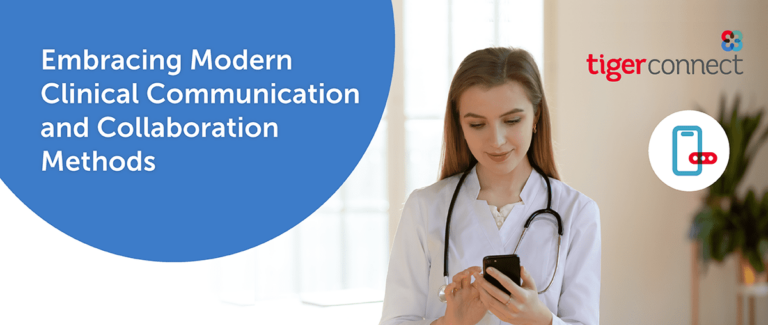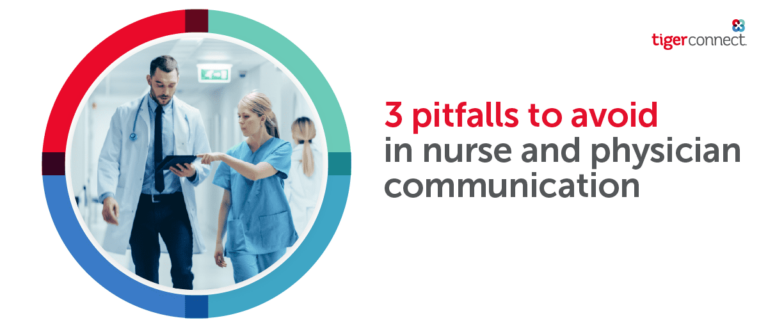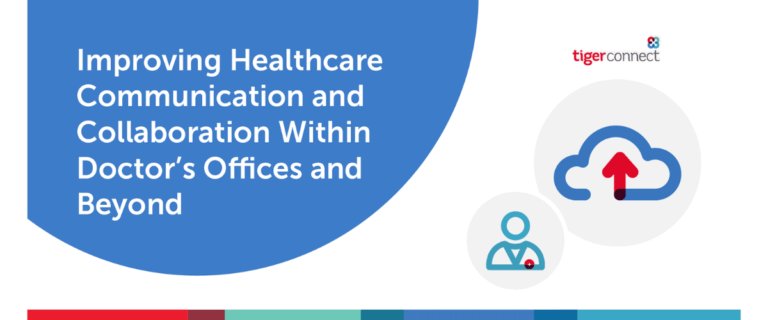Introducing Draft Mode for TigerConnect Physician Scheduling
TigerConnect Physician Scheduling has released a new feature that allows schedulers to prepare draft schedules before releasing and making assignments viewable. When ready, Schedulers can quickly move to publish the assignments and notify all providers and staff of a newly released schedule.













